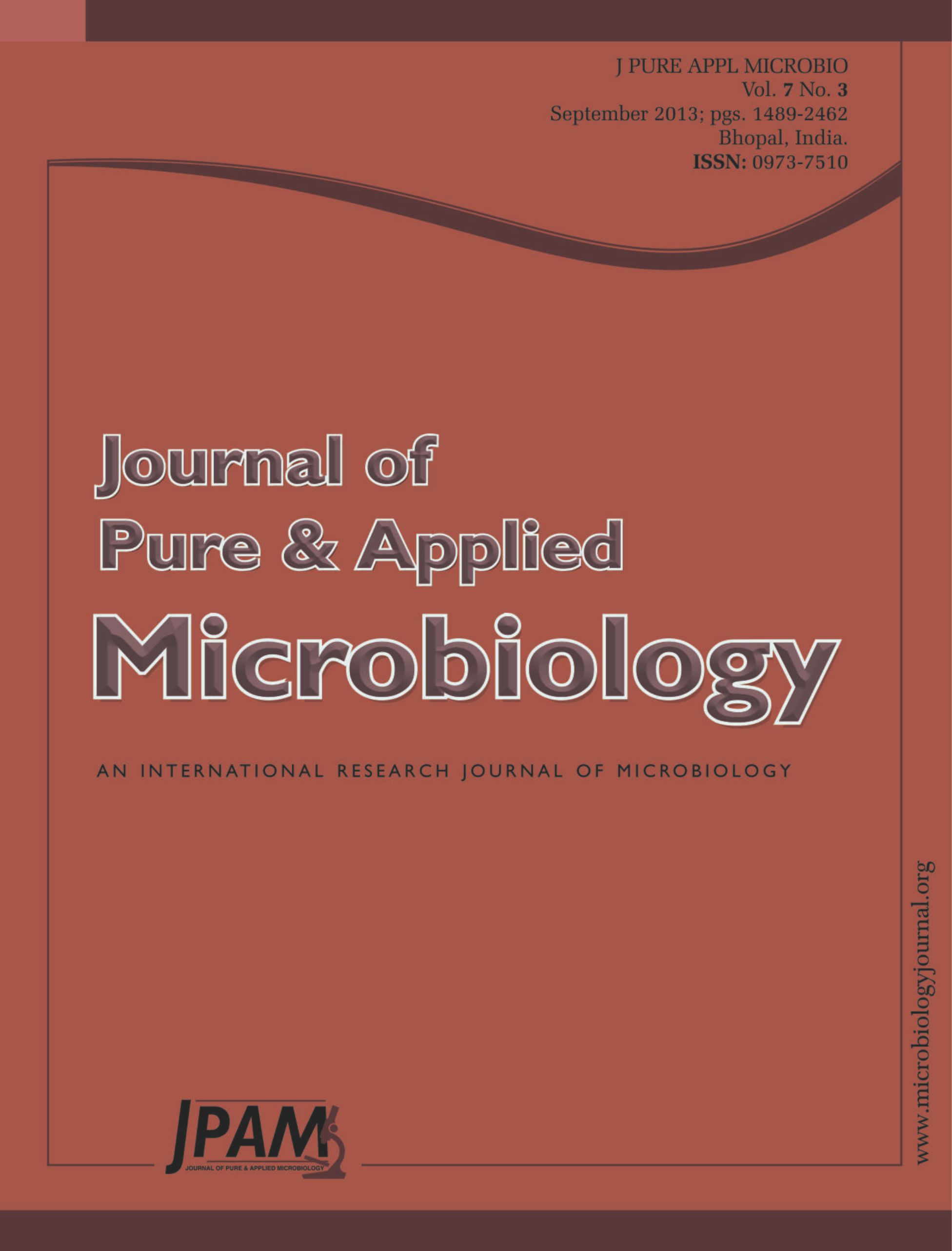The study was initiated to collect potato-borne isolates of Rhizoctonia solani from different regions of Saudi Arabia and determine their anastomosis groups (AGs). Group categorization was done on the basis of hyphal fusion; and their pathogenicity and virulence behavior was also studied. An attempt was made to corroborate the observed anastomosis grouping with PCR analysis of rDNA-ITS and microsatellite regions. Twenty three isolates paired with the tester isolates representing six anastomosis groups: AG 2-1, AG 2-2, AG 3, AG 4, AG 5, and AG 8. Eleven isolates belonged to AG 3. Three belonged to AG 5; while two each belonged to AG 2-1, AG 2-2, AG 4HGI, and AG 4HGII. Only one isolate was found to be from AG 8. Many isolates from uni-, bi-, and multi-nucleate populations did not anastomose with any of the tester isolates and remained unidentified. These isolates may probably belong to AGs other than tested in this study and need to be further characterized. Ample variability was recorded in pathogenicity on potato cv. ‘Amb-3’ and in virulence on popular cultivars. Isolates belonging to AG3 were found to be most pathogenic and virulent. PCR analysis of rDNA-ITS and microsatellite regions showed genetic diversity in the isolates belonging to different anastomosis groups.
Rhizoctonia solani, Potato, Anastomosis groups, ITS, Microsatellite sequences
© The Author(s) 2014. Open Access. This article is distributed under the terms of the Creative Commons Attribution 4.0 International License which permits unrestricted use, sharing, distribution, and reproduction in any medium, provided you give appropriate credit to the original author(s) and the source, provide a link to the Creative Commons license, and indicate if changes were made.


